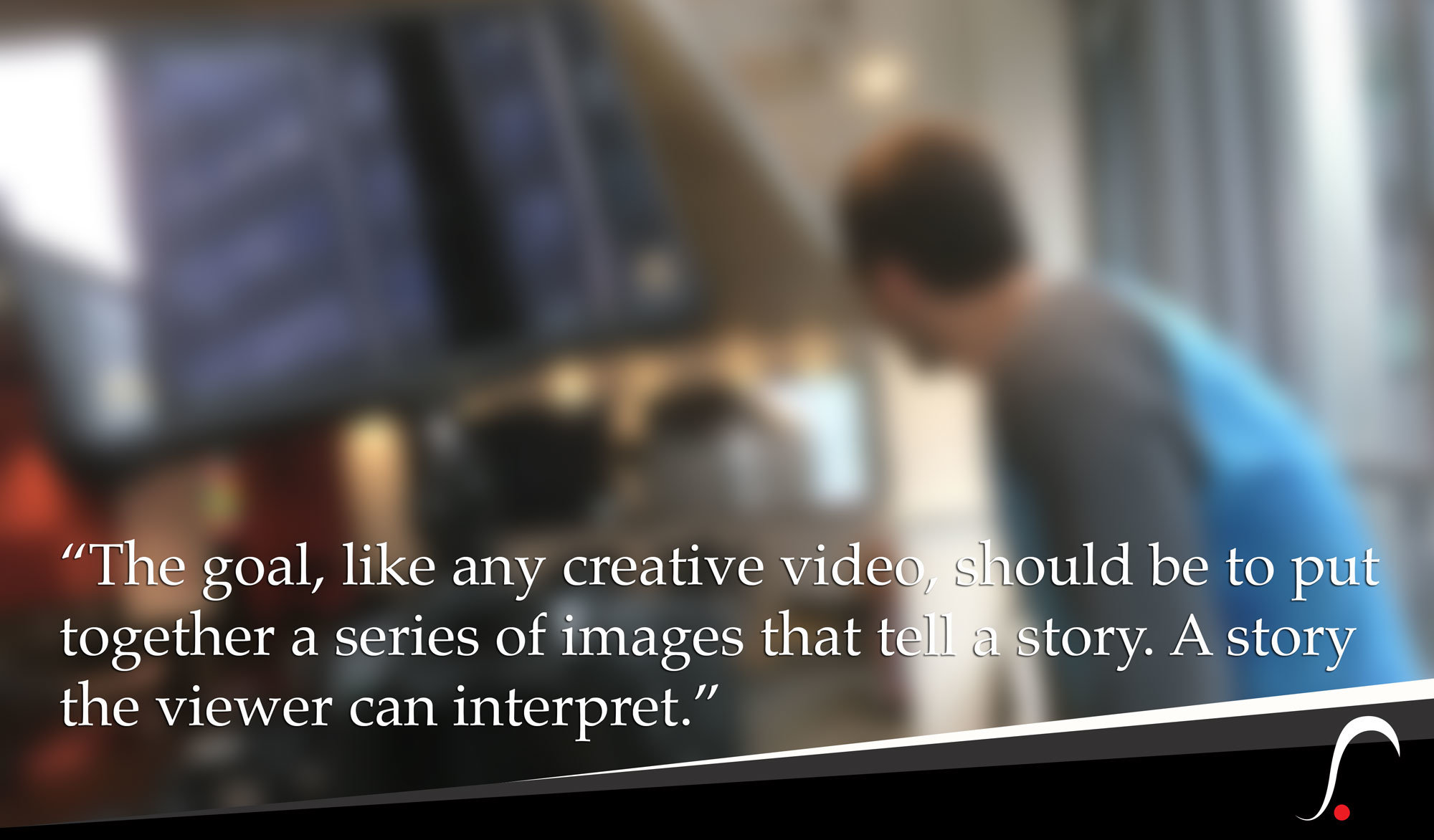Get rid of the talking C-Suite heads.
If you’re looking to produce corporate video (of the company profile type) you need to evaluate who your audience is, or whom you want it to be. If you’re looking to attract young, talented new individuals, or even investors, having scripted heads recite carefully crafted words angled off camera won’t cut it anymore.
With rampant fake news, ads cleverly disguised as ambassador stories, and the decline in investigative journalism, audiences are craving authenticity. And to show authenticity rather than speak it is the way to achieve it.
Take for example this video shot for BRINOX.
In this video there are zero talking heads. Apart from the fact that the composition and movement of each shot is beautiful, there is a flow that can be followed, with or without audio. The animations in the sub 4-minute corporate video enhance the idea of quality and precision that resonates throughout the company. The production moves one step further and marries the drive for perfection in the company with the drive of alpinist Marko Prezelj (who happens to be a Patagonia ambassador – hence the nice sponsor shot at 1:32). Prezelj is world renowned for what he does. He has won a number of awards for new routes, he’s and advocate for the safety of the alpine community, and has a degree in chemical engineering.
From a post-production perspective, the complement in colour treatment from the machine floor to the outdoors brings a depth to the production. It also brings a human aspect (had it been all machines, animations, and workers checking on processes it would be quite stale). This depth reinforces the concept that knowledge, experience, and quality is essential in this industry, but it also does something more important: it brings in a lifestyle angle that people are drawn to. It raises questions (i.e. what in the world does climbing have to do with this company?). It engages the viewer.
The goal, like any creative video, should be to put together a series of images that tell a story. A story that the viewer can interpret. The video above does so wonderfully.
The Take Home
Now here’s the message in this post. Once finished with a concept, and an idea of the visuals is present, it’s time to review the storyboards. Keep the sound off (in your head – i.e. don’t read the text). If it doesn’t look repetitively stupid, and if there is some sort of flow and direction, then you’ve got something. If not, then it’s just a bunch of moving images set to audio.



